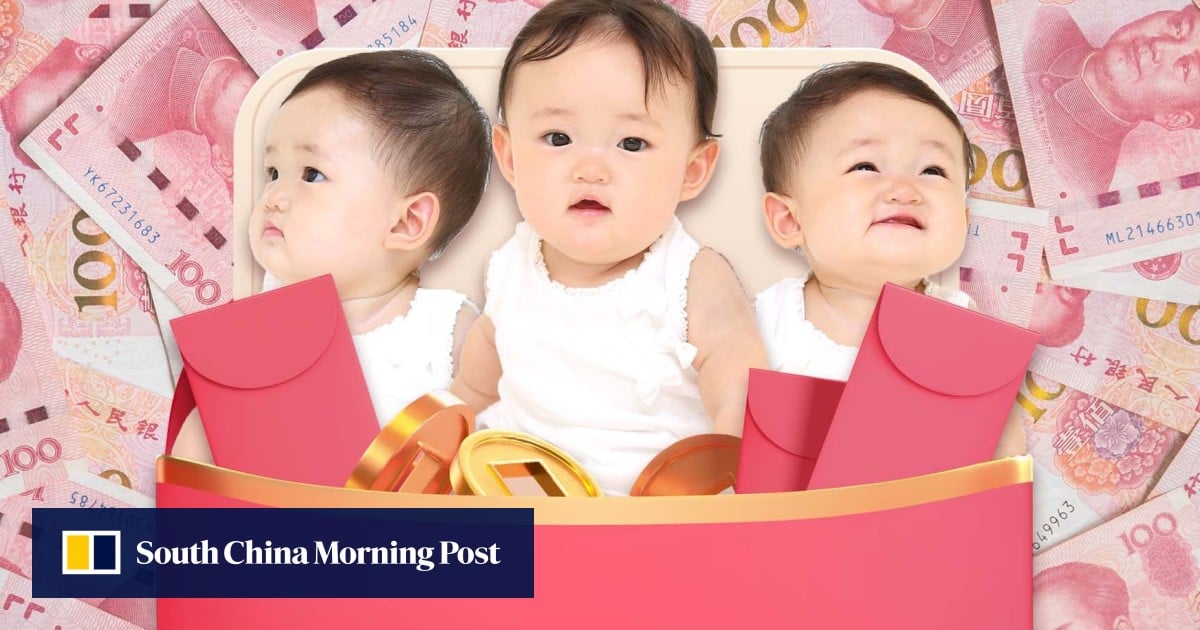

And for at least six of the jurisdictions, the population declines were their first in modern history. This helped drive China’s national birth rate down to 7.52 per 1,000 people in 2021 – the lowest rate since record-keeping began in 1949.
In Heilongjiang province, there were 3.59 births per 1,000 people last year – the fewest in any jurisdiction – with 8.7 deaths per 1,000 people, one of the highest mortality rates.
Official data shows that China’s population grew by just 480,000 to 1.4126 billion last year – the smallest population increase since 1962, and a sharp decline from the 2.04 million increase in 2020.
Chinese mothers gave birth to just 10.62 million babies in 2021 – an 11.5 per cent decline from 2020.
Prominent economist Cai Fang, director of the Institute of Population and Labour Economics at the Chinese Academy of Social Sciences, expects China’s population to peak this year, then begin falling next year. And he said the turning point will have an adverse effect on both the supply and demand sides of China’s economy.
Cai said that, in an era of native population growth, the key will be to stabilise and support growth while expanding demand to prop up economic growth.
“One of our major challenges in the future lies in the consumption side. Common prosperity and domestic circulation mean turning the huge population into a large middle-income group, and a huge market,” he said last week at the Sohu Finance annual conference.
Meanwhile, China’s demographic crisis is also being compounded by the country’s rapidly ageing population.
At the end of last year, about 267 million Chinese were aged 60 and above, accounting for 18.9 per cent of the population.
Local-level governments across the country have responded by rolling out measures to boost births. For example, Ningshan county in Shaanxi province said this month that it was offering one-time subsidies of 2,000 yuan (US$280) for couples with one child, 3,000 yuan for couples with two children, and 5,000 yuan for couples with three children.
That makes Ningshan the first in the country to offer cash subsidies to all couples with at least one child. It also vowed to provide monthly subsidies of 600 yuan for couples with two children until the second child turns three years old. And couples with three children can receive 1,200 yuan a month until the third child turns three.
Official records from the Sichuan showed that the number of marriage registrations dropped by nearly 30 per cent in 2021, relative to 2016. The government attributed this to a decline in the population of marriageable age, the rising costs of marriage, and a more diverse concept of marriage nowadays.
To address the problem, provincial authorities are even playing the role of matchmaker – with vows to help young people find a partner while implementing policies to ease their financial burden.

